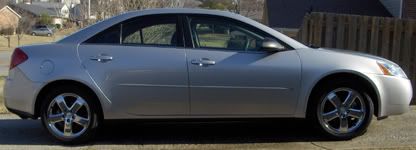About the UD pulleys, Ive heard that by taking off the stock crank pulley and replacing it with the UD pulley, can be harmful. I just need someone to clear this up. ive heard it several times but everytime I search every forum, I dont quite get the answer Im looking for. So here we go:
Does the stock crank pulley ( well use the pulley from a '94 3100SFI since thats what I have for this example ) act as a damper? Now I know that crank pulley's and harmonic balancers are completely different. The fact that I have heard that this pulley does act as a damper, in which this case if you used a UD pulley, you would be hurting the engine. Since all the vibrations of the combustion chamber would transfer down to the crank etc etc. Now if the crank pulley, is just that a crank pulley and doesnt not act as a damper this will not hurt the enginer. But question? Is it? Or is it just simply a pulley? No matter how many times Ive searched, I could never find if this was just a pulley or a pulley/damper. I know its not a harmonic balancer.
Sorry to sound like a noob with this one.
Does the stock crank pulley ( well use the pulley from a '94 3100SFI since thats what I have for this example ) act as a damper? Now I know that crank pulley's and harmonic balancers are completely different. The fact that I have heard that this pulley does act as a damper, in which this case if you used a UD pulley, you would be hurting the engine. Since all the vibrations of the combustion chamber would transfer down to the crank etc etc. Now if the crank pulley, is just that a crank pulley and doesnt not act as a damper this will not hurt the enginer. But question? Is it? Or is it just simply a pulley? No matter how many times Ive searched, I could never find if this was just a pulley or a pulley/damper. I know its not a harmonic balancer.
Sorry to sound like a noob with this one.





Comment